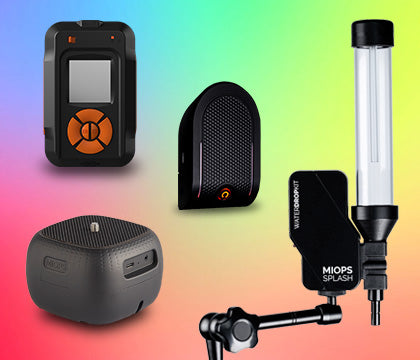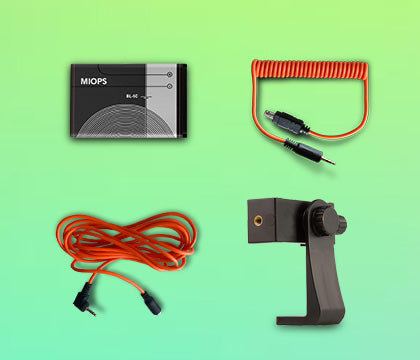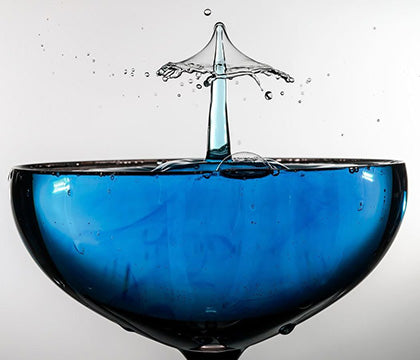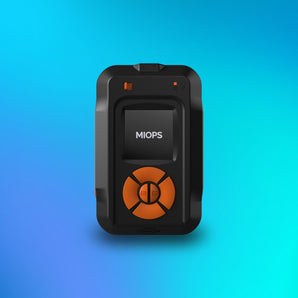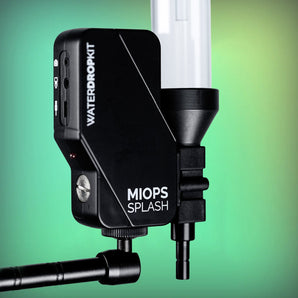Photography has always been about capturing moments. But what if those moments happen too fast for the human eye to see—like the flutter of a hummingbird’s wings, or the instant a balloon bursts? That’s where high-speed photography comes in. And if there’s one name that stands above all others in this field, it’s Harold “Doc” Edgerton—the man who quite literally froze time.

The Father of High-Speed Photography
Born in 1903 in Nebraska, Harold Eugene Edgerton was an electrical engineer, professor at MIT, and an inventor whose love for understanding motion led him to create the modern electronic stroboscope. Though he may not have set out to become a photographer, his contributions would go on to redefine what photography could do—and what it could reveal.
Doc’s stroboscope emitted rapid flashes of light, which when synchronized with a moving object, allowed cameras to capture ultra-fast events with crisp clarity. His work led to images that no one had ever seen before: a bullet passing through a playing card, a drop of milk creating a crown-like splash, or the graceful wings of a hummingbird frozen mid-flight

These weren’t just technical achievements. They were moments of wonder—beautiful, fleeting glimpses into the invisible world of motion. Edgerton’s work bridged the gap between science and art, physics and photography.
High-Speed Photography: What Is It?
To fully appreciate Edgerton’s legacy, it’s important to understand what high-speed photography is. In essence, it's a technique used to capture images of events that happen too quickly for normal cameras or the human eye to observe.
These moments may last just microseconds—a bullet exiting the barrel of a gun, glass shattering mid-air, or a water droplet colliding with a surface. Traditional photography, even with fast shutter speeds, struggles to freeze such rapid action without blur. But with high-speed flash photography—using ultra-short bursts of light instead of mechanical shutter speed—you can achieve crystal-clear images of even the most fleeting events.
This breakthrough has applications far beyond the studio. High-speed photography plays a vital role in scientific research, ballistics, industrial testing, sports analysis, wildlife observation, and even filmmaking. But it all began with the curious mind and inventions of Doc Edgerton.
From MIT Labs to Every Photographer’s Toolkit
In the 1930s and 1940s, Edgerton’s techniques were revolutionary, but the equipment was large, complex, and expensive—limited to labs and research institutions. For decades, high-speed photography remained inaccessible to the everyday photographer.
Today, that has changed. Thanks to modern digital technology and the spirit of innovation that Edgerton ignited, high-speed photography is no longer just for scientists. It’s available to anyone with a camera and the right tools. And that’s where MIOPS comes in.
Carrying the Torch at MIOPS
At MIOPS, we’re proud to stand on the shoulders of a giant like Doc Edgerton. His groundbreaking work continues to inspire our team, our users, and the entire photography community. We believe in democratizing photography—making advanced techniques like high-speed capture available to everyone, not just the few.
Our flagship products reflect this commitment:
-
MIOPS Smart+ is a multi-functional camera trigger that brings precision and control to high-speed photography. It can detect lightning, sound, laser beams, or motion to trigger your camera or flash at just the right moment—perfect for capturing everything from a bursting balloon to a popping water balloon.
-
MIOPS Splash is the world’s first standalone water drop photography kit. With precise timing controls, photographers can create stunning splash effects and explore a whole new world of creative possibilities—no complicated setups, no expensive lab equipment.
With these tools, nearly a century after Edgerton’s invention, a regular photography enthusiast can achieve results that once required a team of engineers and researchers. That’s not just progress—it’s a revolution.
A Legacy That Endures
Doc Edgerton was more than an inventor; he was a visionary. He once said, “The trick to education is to teach people in such a way that they don't realize they're learning until it's too late.” His approach combined curiosity, creativity, and a relentless pursuit of excellence—values that continue to guide us at MIOPS.
Whether you’re a beginner experimenting with splash photography or a seasoned pro pushing the boundaries of motion capture, every time you freeze a millisecond in time, you’re participating in the legacy of Doc Edgerton.
We are proud to honor his vision. His innovations continue to shape the field of photography, and at MIOPS, we are dedicated to keeping that spirit alive. From the lab at MIT to camera bags around the world, his influence endures in every drop, every spark, and every stunning still frame


